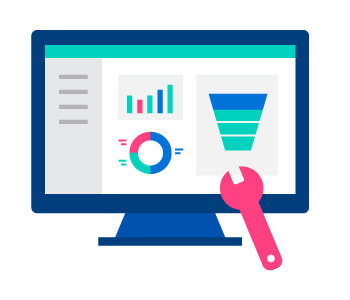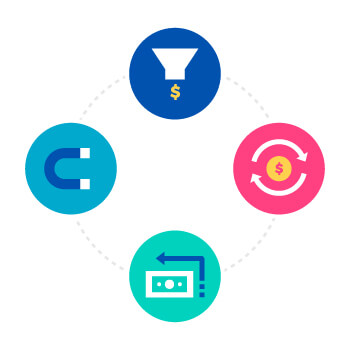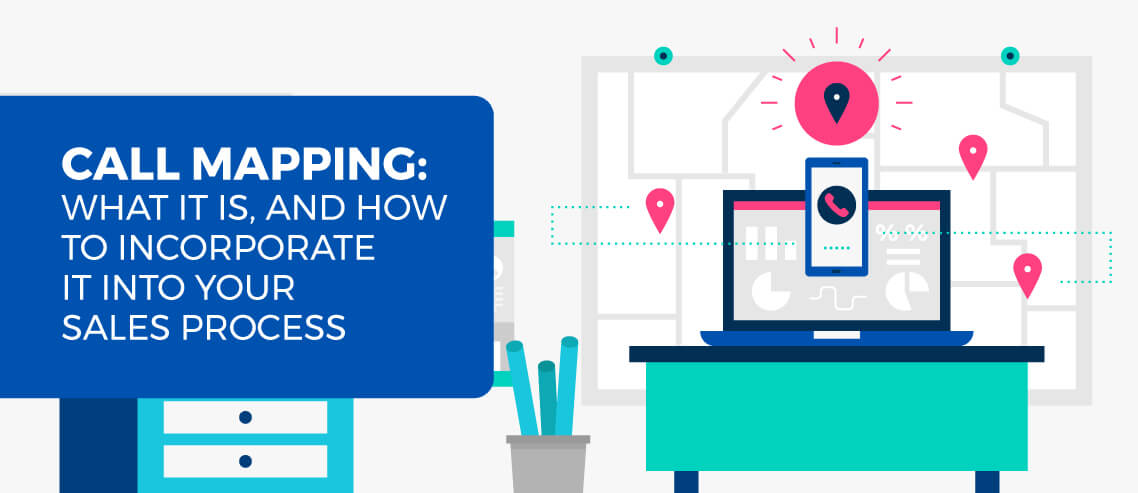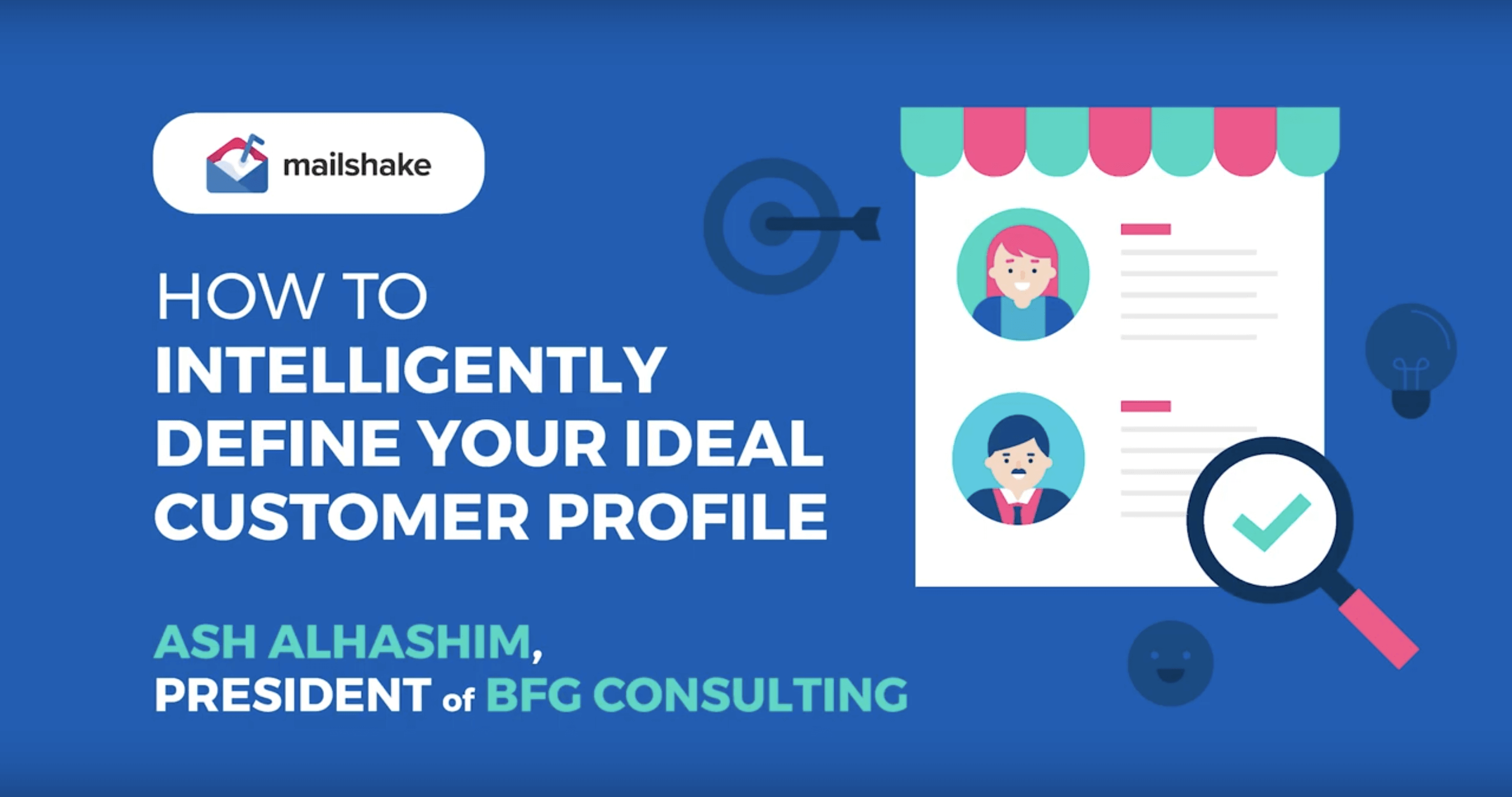4 ABM Metrics Your Team Needs to Track

Contents
As content marketers who spend every day juggling dozens of projects at once, it can be tough to decide which trends to pay attention to.
After all, many disappear just as quickly as they come onto the scene. How can we be sure which new trends are worth our attention? Unlike some fallen fads, account based marketing has not only stood the test of time, it’s actually picking up speed. But how do you track your ABM strategy once it’s off the ground? This article will outline how to pinpoint key account based marketing KPI’s and show you which tools can be used to track them.
What is account based marketing?
Account based marketing is a strategic marketing approach where a company identifies key accounts and creates an individualized marketing and sales strategy to help close deals.
ABM can work for any business but it’s especially effective for B2B business as part of your larger content marketing strategy. Why is that? It’s easier to find in-depth information about a corporation than it is about an individual customer. Think about it. Would it be easier for you to find data online about Google or your neighbors grandma?
Think of account based marketing as a one to one marketing strategy where you tailor your approach based on the individual needs of a potential client. You spend most of your time focusing on customer pain points, budget, and specialized needs in order to give them the best offer of your product or service. Account based marketing is all about making sure your brand is involved in every stage of the consumer decision making process.
How to measure your account based marketing efforts
There’s a lot more to measuring your ABM metrics than just setting KPI’s. You need to be strategic about how you create the process of tracking metrics before you get started. Two things you must do before you starting tracking data are setting your metrics before you get started and automating the process.
1. Set your metrics before you begin
One of the biggest mistakes people make when creating an account based marketing strategy is forgetting to set metrics before putting the plan into place. Why is this an issue? The same reason that you wouldn’t start a science experiment without first forming a hypothesis.
Establishing what success looks like before you launch your new ABM strategy helps your team quickly discover what is working and what isn’t. When you have data without a hypothesis, you can mold the data to fit whatever narrative you want. And while that might help you look good in front of your boss, it doesn’t help improve the customer experience.
How do you measure metrics once you choose them?
Once you’ve decided on which metrics to target, you can turn your attention to tracking them. It is possible to measure this all manually in spreadsheets but that can be a huge time-suck. Most professionals will use a CRM software to track all of their ABM efforts.
According to G2’s Fall 2019 CRM Grid Report, 86% of CRM software customers say that the product they use meets the necessary requirements needed to support their marketing strategy.
Why is that number so high? It’s because CRM software does it all. It allows the user create an established set of sales-related functions, track key accounts throughout the sales pipeline, and manage all of the data around your pre-determined KPI’s in a single location.
2. Automate the little things
You can probably tell that account based marketing isn’t something you do halfway, it’s all or nothing. That’s why it’s so important to automate as much of the process as possible. This allows your team to focus on the big picture stuff and gives you more time to connect with your potential customers. A lot of companies opt to use marketing automation software for this part of the process.
How to automate your ABM strategy
According to G2’s Fall 2019 Marketing Automation Grid Report, 88% of marketing automation software customers say that the product they use meets the necessary requirements needed to support their marketing strategy. The best part? That same report showed that customers saw an expected ROI after just 10 months of implementation.
Marketing automation is great for both automation and A/B testing, which is crucial for anyone building an account based marketing strategy as they go. You can eliminate the guesswork and the grunt work by automating the little things that usually eat away at your time.
Marketing automation software solutions also give users the option to:
- Generate forms and landing pages to collect prospect information
- Contact targets across multiple channels after specific actions, triggers or periods of time
- Perform lead management to include lead nurturing and lead scoring
Once you’ve got things automated, the fun begins. You can use these marketing automation software solutions to remarket customers who may have missed your messaging the first time around. This helps you get the most bang for your buck and snag the attention of those key accounts.
4 ABM metrics your team needs to track
Now that you have the methodology and data-tracking details all ironed out, it’s time to decide what you’re going to track the success of your ABM campaign. This is crucial to the health of your account based marketing program. When people outside your team ask you to prove the success of program, these metrics will help.
1. Influenced Revenue
There are several touch-points along the sales funnel that influence decisions a customer makes but that’s not to say everyone gets the credit they deserve. If someone reads a blog post of yours and ultimately becomes a customer, your content helped influence that revenue.
It might seem like a small piece of the pie, ABM is all about the collective effort of the team. Every email sent to a prospect, every blog post read by a potential customer, and every webinar they sign-up for is part of the ABM lifecycle. Tracking your highest touchpoints that convert toward revenue will help you tailor your program to convert leads faster while spending less money.
2. Sales cycle length
Account based marketing is designed with the goal of speeding up the sales pipeline. Start by pinpointing the average length a customer spends in the sales cycle and then aim to speed that process up. It can be easy to get caught up in the ideas you have for creating custom content for potential customers and lose sight of the end goal.
If your ABM strategy prolongs the time it takes to close deals, you’re actually doing more harm than good. Or worse yet, maybe your ABM strategy actually causes a potential customer to hesitate and pull out of a deal. These things are important to keep an eye on as you get your ABM strategy up and running.
3. Return on Investment
It might seem like a good strategy to target the biggest accounts worth the most money but that might not be the right strategy. If it costs you more money to acquire a customer than it does on the money you make on a closed deal, you’ve wasted your efforts. The ROI of customer acquisition is crucial: which is why it’s important to focus on targeting the right customers.
How to determine your ideal customer
Account based marketing works when you focus on your ideal customer. An ideal customer isn’t simply who will bring in the most revenue. In fact, there are several factors to consider when deciding which accounts to target when your ABM strategy.

The best customers stay with your company for an extended period of time, don’t have extraneous customer support needs, and will advocate for your brand using word of mouth marketing. An easy way to pinpoint who these customers are is by creating a customer profile.
4. Customer retention
All of these efforts mean nothing if you lose a new customer once their contract expires. You need to continue to delight your customers once you’ve won their business and stay in contact through relationship management or even email newsletters. Tracking how many of your customers stick around can show you where the weaknesses in your ABM strategy are.
Did your customers feel as though you didn’t keep your end of the bargain? Did the product not do what they were promised? Why are you losing new business? These are the questions to ask while tracking customer retention.
And it’s not just about retaining new customers, ultimately your sales team is going to want to upsell these customers into more deluxe offerings. How does your ABM strategy help close these deals and upsell key accounts? This is just as important to track as new business acquired.
You’ve got the tools, time to put them to use!
What makes account based marketing so effective is that almost every marketing team already has the tools they need to get things off the ground. Software helps things run smoother, but even a small start-up with just a handful of employees can take the tips from this article and create their own ABM strategy.





